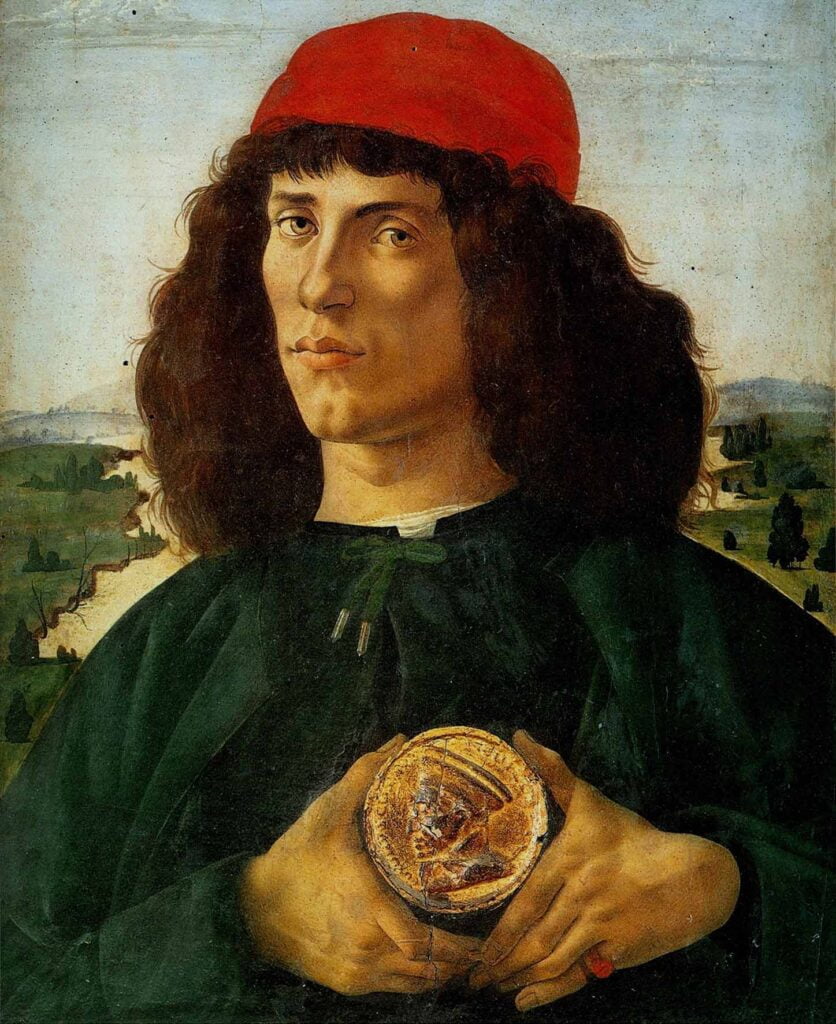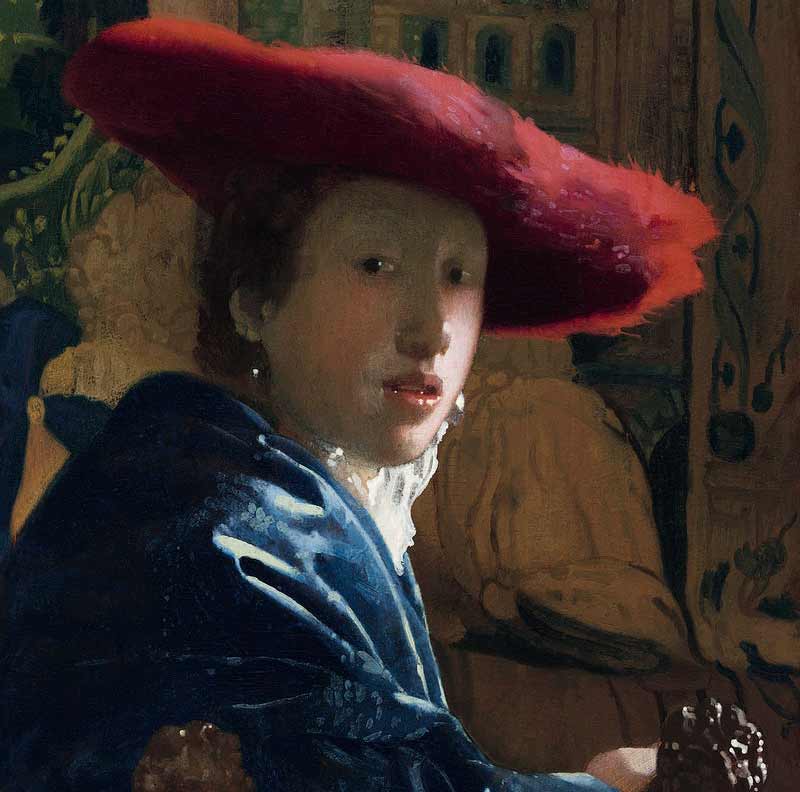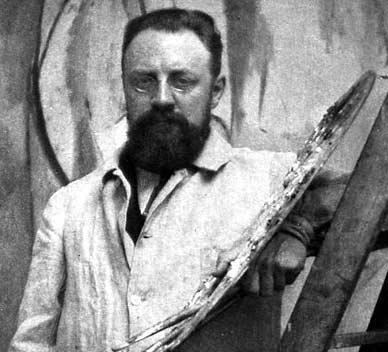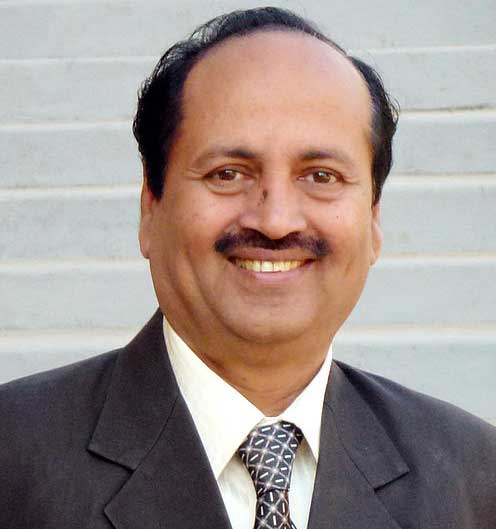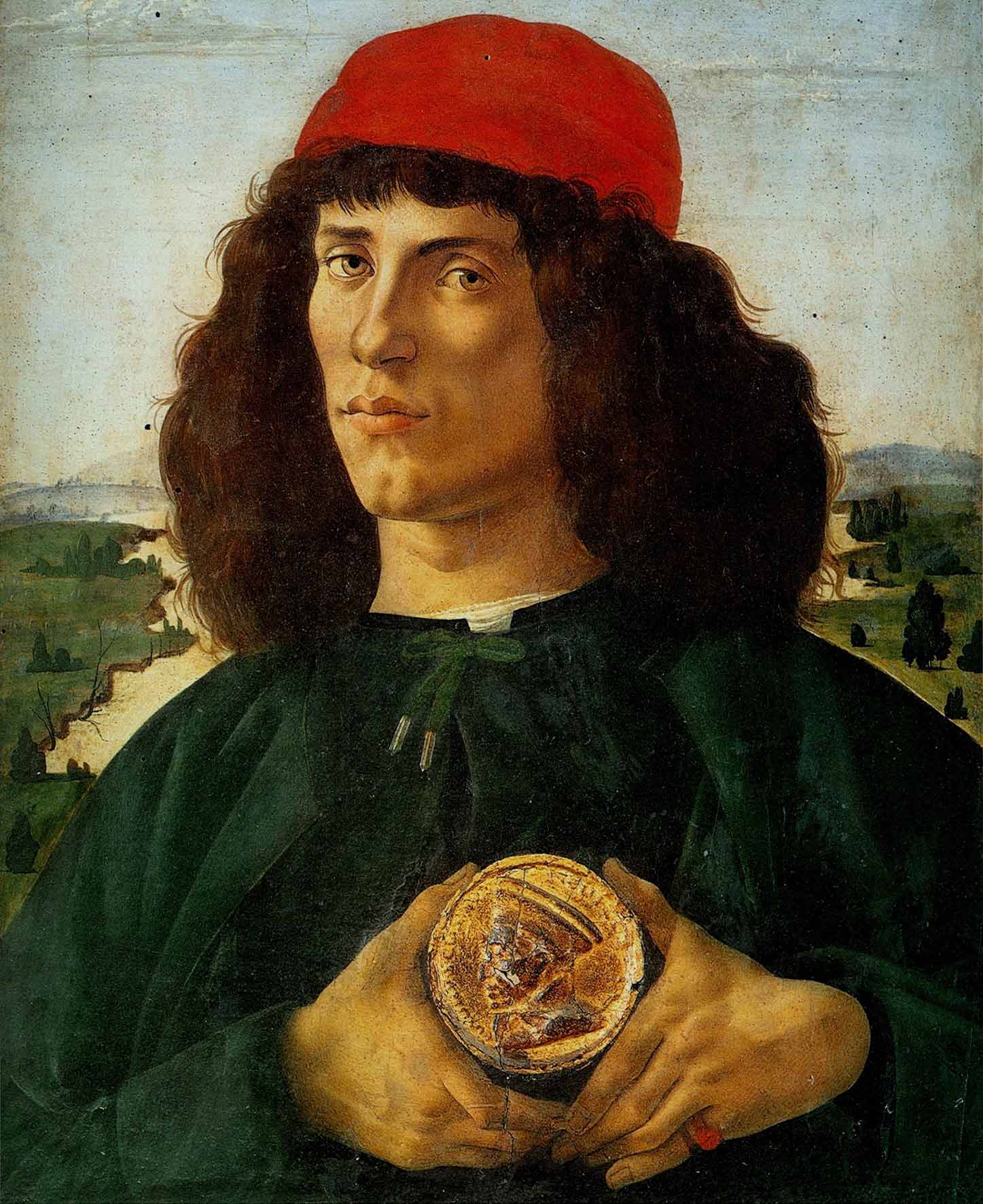
Table of Contents
ToggleQUICK FACTS
Born: March 1, 1445
Born Place: Florence, Italy
Died: May 17, 1510
Death Place: Florence, Italy
Nationality: Italian
On view: Kupferstichkabinett Berlin, Uffizi Gallery
Periods: Early renaissance, Italian Renaissance, Renaissance, Florentine painting
Education: Filippo Lippi
BIOGRAPHY
Alessandro di Mariano di Vanni Filipepi (c. 1445 – May 17, 1510), known as Sandro Botticelli was an Italian painter of the Early Renaissance. Botticelli’s posthumous reputation suffered until the late 19th century; since then, his work has been seen to represent the linear grace of Early Renaissance painting.
As well as the small number of mythological subjects which are his best known works today, he painted a wide range of religious subjects and also some portraits. He and his workshop were especially known for their Madonna and Childs, many in the round tondo shape. Botticelli’s best-known works are The Birth of Venus and Primavera, both in the Uffizi in Florence. He lived all his life in the same neighbourhood of Florence, with probably his only significant time elsewhere the months he spent painting in Pisa in 1474 and the Sistine Chapel in Rome in 1481–82.
Only one of his paintings is dated, though others can be dated from other records with varying degrees of certainty, and the development of his style traced with confidence. He was an independent master for all the 1470s, growing in mastery and reputation, and the 1480s were his most successful decade, when all his large mythological paintings were done, and many of his best Madonnas. By the 1490s his style became more personal and to some extent mannered, and he could be seen as moving in a direction opposite to that of Leonardo da Vinci (seven years his junior) and a new generation of painters creating the High Renaissance style as Botticelli returned in some ways to the Gothic style.
He has been described as “an outsider in the mainstream of Italian painting”, who had a limited interest in many of the developments most associated with Quattrocento painting, such as the realistic depiction of human anatomy, perspective, and landscape, and the use of direct borrowings from classical art. His training enabled him to represent all these aspects of painting, without adopting or contributing to their development.
EARLY LIFE
Botticelli was born in the city of Florence in a house in the street still called Via Borgo Ognissanti. He was to live within a minute or two’s walk of this all his life, and to be buried in the Ognissanti (“All Saints”) parish church. His father was Mariano di Vanni d’Amedeo Filipepi, and Sandro was the youngest of his four children to survive into adulthood, all boys. The date of his birth is not known, but his father’s tax returns in following years give his age as two in 1447 and thirteen in 1458 so, allowing for arguments as to what these statements really meant, dates between 1444 and 1446 are given.
His father was a tanner until 1460, before joining his son Antonio in a new business as a beater-out of gold leaf, which would have brought them into contact with artists. Giorgio Vasari reported that Botticelli was initially trained as a goldsmith. He perhaps became an apprentice when he was about fourteen years old, which may indicate that he received a fuller education than many other Renaissance artists.
The Ognissanti neighbourhood was mostly “a modest one, inhabited by weavers and other workmen,” but there were some rich families, notably the very rich Rucellai, bankers and wool-merchants, headed by Giovanni di Paolo Rucellai, whose Palazzo Rucellai by Leon Battista Alberti, a landmark in Italian Renaissance architecture, was being built between about 1446 and 1451, Botticelli’s earliest years. By 1458, Botticelli’s family had moved to the same street as this, and were renting their house from another Rucellai, and there were other dealings involving the two families.
In 1464, his father bought a house in Via Nuova nearby (modern Via della Porcellana), which Sandro returned to live in from 1470 (if not before) and where he remained for the rest of his life. He both lived and had his workshop in the house, by now a rather unusual practice, despite his brother Giovanni and his family also being in residence (and later another brother, Simone). Here the notable family on the street were the Vespucci, including Amerigo Vespucci, born in 1454, after whom the Americas were named. The Vespucci were close Medici allies, and would become regular patrons of Botticelli. The name Botticelli, meaning “little barrel”, came from his brother Giovanni’s nickname of “Botticello”, “apparently from an unfortunate resemblance”. By 1470 a document referred to the painter as “Sandro Mariano Botticelli”, and it became his customary surname.
PERSONAL LIFE
Finances
According to Vasari’s perhaps unreliable account, Botticelli “earned a great deal of money, but wasted it all through carelessness and lack of management”. He continued to live in the family house all his life, also having his studio there. On his father’s death in 1482 it was inherited by his brother Giovanni, who had a large family. By the end of his life it was owned by his nephews. From the 1490s he had a modest country villa and farm at Bellosguardo (now swallowed up by the city), which was leased with his brother Simone.
Sexuality
Botticelli never married, and apparently expressed a strong dislike of the idea of marriage. An anecdote records that his patron Tommaso Soderini, who died in 1485, suggested he marry, to which Botticelli replied that a few days before he had dreamed that he had married, woke up “struck with grief”, and for the rest of the night walked the streets to avoid the dream resuming if he slept again. The story concludes cryptically that Soderini understood “that he was not fit ground for planting vines”.
There has been over a century of speculation that Botticelli himself may actually have been homosexual. Many writers observed homo-eroticism in his portraits. The American art historian Bernard Berenson, for example, detected what he believed to be latent homosexuality. In 1938, Jacques Mesnil discovered a summary of a charge in the Florentine Archives for November 16, 1502, which read simply “Botticelli keeps a boy”, an accusation of sodomy (homosexuality). No prosecution was brought. The painter would then have been about fifty-eight. Mesnil dismissed it as a customary slander by which partisans and adversaries of Savonarola abused each other. Opinion remains divided on whether this is evidence of bisexuality or homosexuality. Many have backed Mesnil. Art historian Scott Nethersole has suggested that a quarter of Florentine men were the subject of similar accusations, which “seems to have been a standard way of getting at people” but others have cautioned against hasty dismissal of the charge. Mesnil nevertheless concluded “woman was not the only object of his love”.
The Renaissance art historian, James Saslow, has noted that: “His [Botticelli’s] homo-erotic sensibility surfaces mainly in religious works where he imbued such nude young saints as Sebastian with the same androgynous grace and implicit physicality as Donatello’s David”.
The contents of this page are sourced from Wikipedia article on 4 July 2020. The contents are available under the CC BY-SA 4.0 license.

